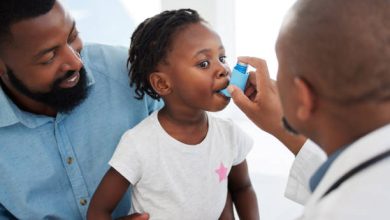How to Stock your Medicine Cabinet

How to Stock Your Medicine Cabinet
A well-stocked medicine cabinet is essential for managing minor health concerns and emergencies at home. From monitoring vital signs with a thermometer, blood pressure monitor, and pulse oximeter to maintaining air quality with a humidifier and oxygen cylinder, these tools can help you stay prepared. Essentials like masks, a body weight scale, and a properly equipped first aid kit ensure you can respond quickly to common health needs. While some medications may be prescribed by your doctor, it’s important to focus on practical supplies rather than unnecessary over-the-counter remedies like cough medicine or antibiotics.
1. Thermometer
A thermometer is a tool that is used to check body temperature. You can get this tool through a contact version (attached to the body) or one without contact, such as a thermogun or tympanic thermometer to measure the temperature in the ear canal.
2. Blood Pressure Equipment
Blood pressure is measured using a sphygmomanometer. This tool is essential for regular vital sign monitoring or monitoring blood pressure, especially in people with h
3. Handheld pulse oximeter
A pulse oximeter is a device that measures the level of oxygen saturation (oxygen saturation) in the blood. According to the Indonesian Ministry of Health, a pulse oximeter is an important tool in current emergency practice, particularly in patients having trouble breathing or shortness of breath.
4. Humidifiers
A humidifier is a device that humidifies the air by spraying water vapor. This tool relieves dry skin, sore throats, colds, and chapped lips. Humidifiers work better in cold or air-conditioned rooms.
5. Oxygen cylinders
Oxygen cylinders are breathing devices commonly used for patients with asthma, sleep apnea, bronchitis, heart failure, COPD, and pneumonia. Typically, the doctor will prescribe how much oxygen is required per minute and when it is required.
6. Masks
It is also critical to keep a supply of masks at home. Because when you travel or leave the house, you can immediately put on a mask to reduce your exposure to air pollution and prevent disease transmission and spread.
7. Body weight scales
This tool is most likely already in every home. The reason for this is that this tool is very useful for tracking body weight, particularly for those of you who are on a weight-loss diet.
8. First aid kit
The last health device at home is a first aid kit. As the name implies, this tool functions as first aid in an accident. Of course, first aid kits are of various types. The following is a list of medical devices that need to be in a first aid kit.
- Bandage and plaster.
- Gauze and cotton balls.
- Antiseptic solution or wipes.
- Small tweezers and scissors.
- Gloves.
- Hand sanitizer.
There may be other medicines your doctor may want you to have but I don’t believe that cough medicines or antibiotics should be included.




